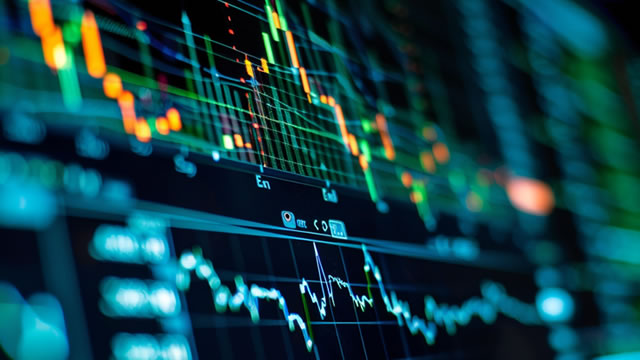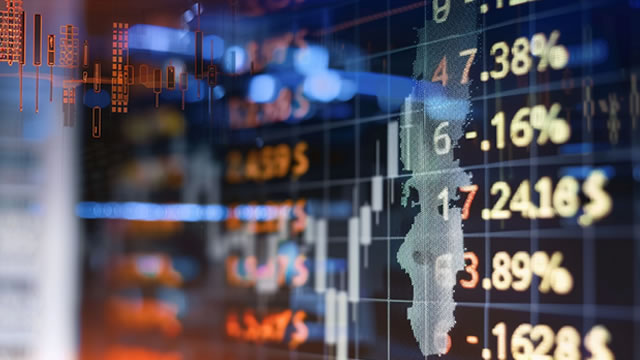The Impact of Rising 10-Year Yields and Inflation Expectations
The economic landscape is shifting, and investors and individuals alike are feeling the squeeze of rising 10-year yields and inflation expectations. Let’s delve deeper into this topic and explore the potential implications for both personal finance and the global economy.
The Economy: A Tale of Two Forces
First, let’s examine the economic forces at play. The 10-year yield, which reflects the return on investment for a 10-year US Treasury bond, has been steadily increasing. This trend is often seen as an indicator of rising interest rates and can be attributed to several factors, including the Federal Reserve’s efforts to combat inflation and a strong economic recovery.
Simultaneously, inflation expectations have been on the rise. Inflation, the rate at which the general price level for goods and services is rising, can erode purchasing power and lead to higher costs for businesses and individuals. The combination of rising yields and inflation expectations can create a perfect storm for economic conditions known as stagflation.
Personal Finance: Navigating the Challenges
For individuals, this economic environment can present challenges. As yields rise, the cost of borrowing increases. This can make it more expensive to take on new debt, such as mortgages or car loans. Additionally, those with fixed-rate savings accounts may see the real value of their savings decrease as inflation outpaces the interest rate.
On the other hand, those with adjustable-rate savings or investments, such as bonds or CDs, may see their returns increase as yields rise. However, it’s important to remember that investments come with risk and should be considered as part of a well-diversified portfolio.
The Global Economy: A Widespread Impact
The impact of rising yields and inflation expectations is not limited to the US. Countries around the world are feeling the ripple effects of these economic forces. For developing economies, rising yields can make it more expensive to borrow, potentially slowing economic growth. Meanwhile, inflation can erode purchasing power and lead to social unrest.
Moreover, the US dollar, which is often seen as a safe-haven asset, can appreciate as yields rise. A stronger dollar can make US exports more expensive, potentially hurting US businesses and the global economy as a whole.
Conclusion: Adapting to the New Economic Landscape
As the economic landscape continues to shift, it’s essential to stay informed and adapt accordingly. For individuals, this may mean reevaluating debt strategies, considering alternative savings options, and maintaining a well-diversified investment portfolio. For the global economy, it may mean navigating the challenges of inflation, rising yields, and potential social unrest.
Ultimately, the economic future is uncertain, but by staying informed and prepared, we can navigate the challenges and seize the opportunities that lie ahead.
- Rising yields and inflation expectations can lead to stagflation
- Individuals may see increased borrowing costs and decreased purchasing power
- Developing economies may be negatively impacted by rising yields and a stronger US dollar
- Staying informed and prepared is key in navigating the economic landscape





